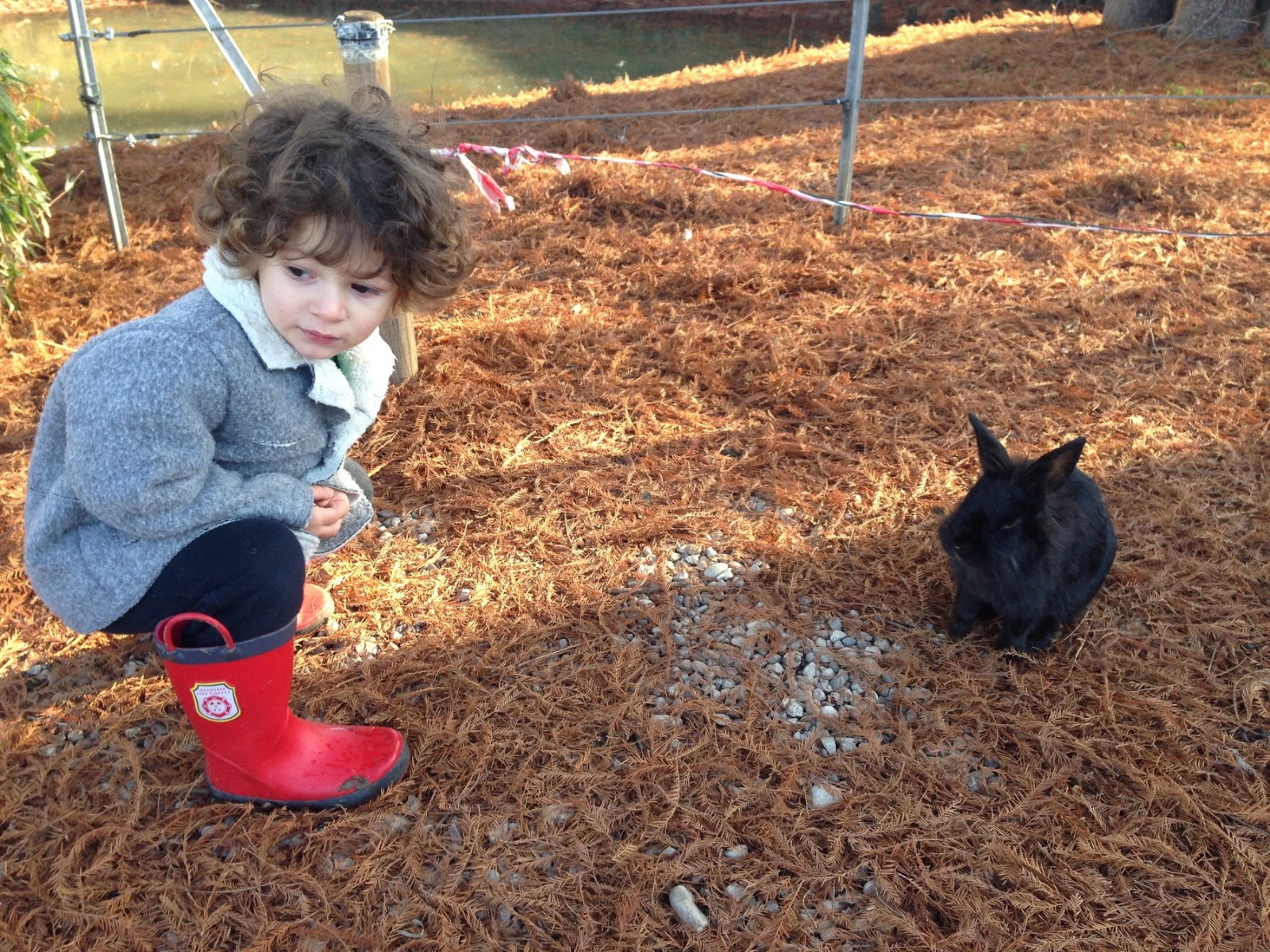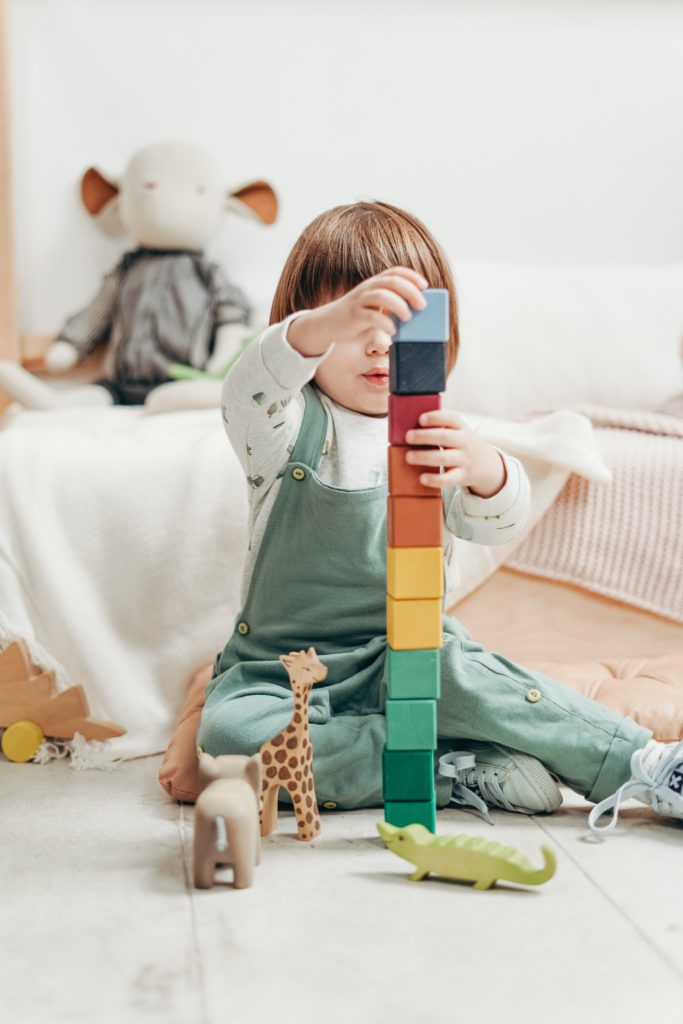Raising a Bilingual Child

It takes a village to raise a child and especially a bilingual one. Raising a child is already quite a task, but doing it with multiple languages is a completely different mission. Especially if you are the only speaker of the minority language on a regular day, you need all the help you can get to help expose children to the minority language. Different family members can help provide exposure to a broader variety of languages. It will also require extra effort on your part to provide enough language exposure, extra encouragement and keeping the language rules consistent.
Start early
The best time to teach your child a second language is the same time that they are learning their first one. The earlier you introduce it, the easier it will be for your child to pick up its unique sounds. Besides, the younger the child, the less likely they are to care about mistakes or mispronounced words. They will just chatter away, not even realizing they are using different languages.

Introduce new words in both languages
If you don’t want to do any formal lessons, you can introduce bilingual basics by telling your child how to say a new word in a second language. When teaching a new word, point out an object and tell them the name in English and Spanish. This way, the sounds of the new word are already becoming familiar.

Create a natural learning environment
The best way for a child to understand a new language is to hear people speaking it regularly. If a child is listening to regular conversations, they’ll begin to pick up the sounds and the natural accents of those words in a natural, unstructured manner. Different speakers do not only expose a child to the language. They also bring along exposure to a variety of the language. They may use different words, expressions, sentence structures or even speak a different accent.

It’s also beneficial to facilitate situations in which your child can interact with a native language speaker. Find ways to surround them with native speakers of that language especially around the community and encourage them to make friends with Spanish speakers or be a part of Spanish speaking groups. Having a clear need and opportunity to speak the language is the best motivation for both of you.

Collect useful materials
We always make sure that the books, music, and movies we have at home are in the language you are encouraging them to learn. Besides that, we always ask grandmothers to bring books and toys from our home countries when they are visiting us. If you start early, you really don’t need to enroll your child in formal language classes. There are so many materials available in libraries, bookstores and on the internet that will support your bilingual teaching.
Choosing a bilingual children’s book to read to your child at night, for example, could help them build a connection with the second language you are encouraging them to learn. Studies have shown that reading to your child can help improve their social and emotional skills, as well as improve their reading comprehension and literacy.

